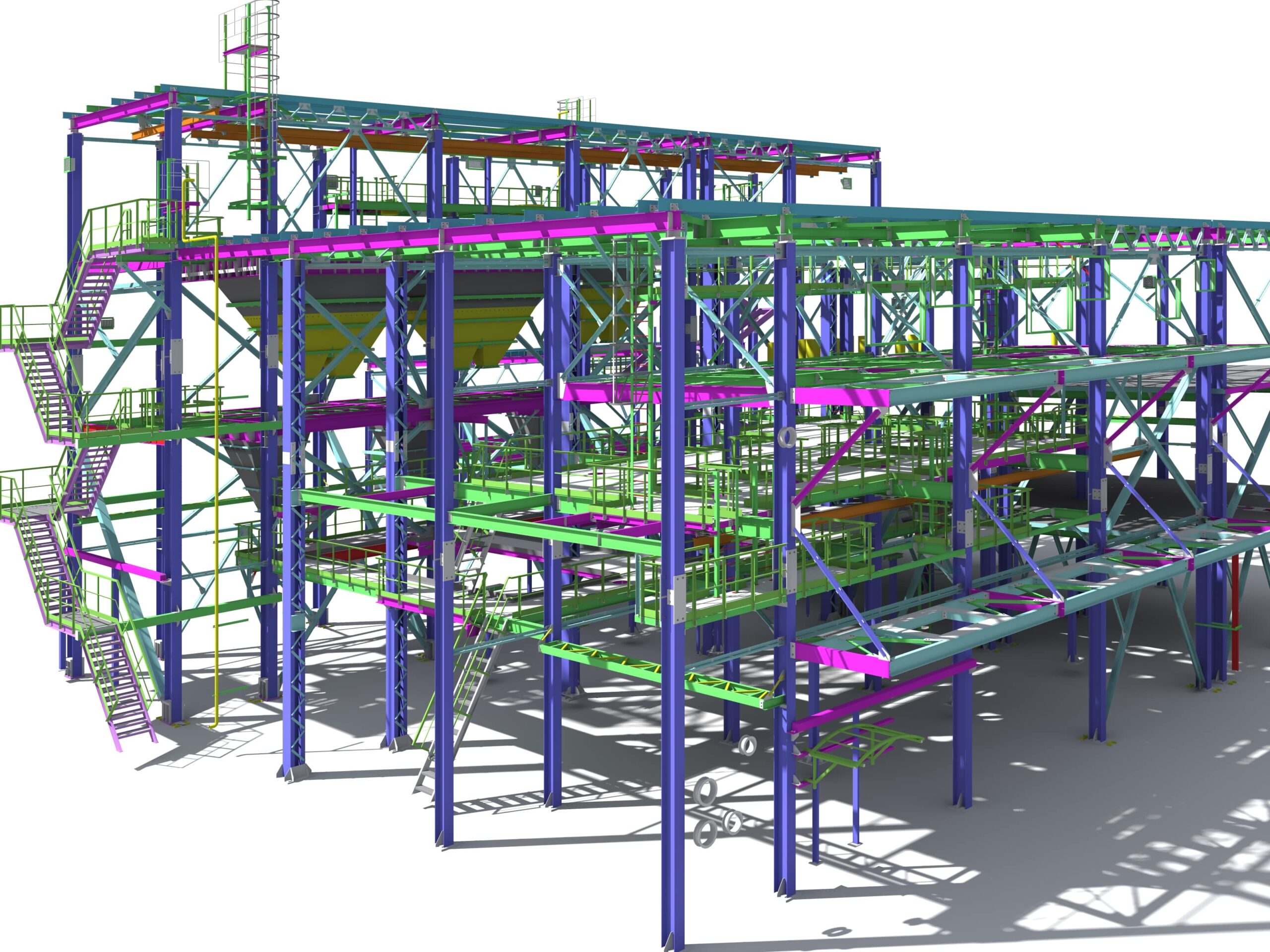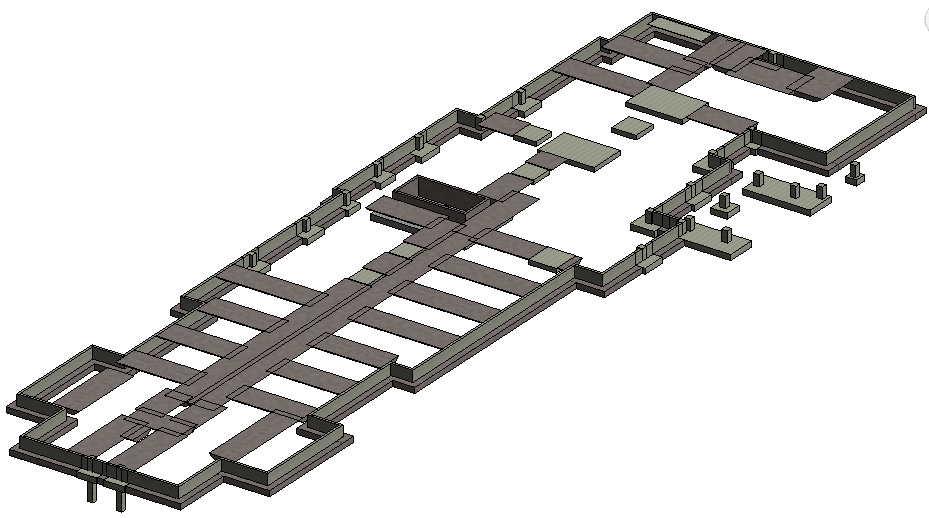Structural BIM
Structural BIM Services
- Structural BIM Modeling Services
- Structural Quantity take-off services
- Structural Shop Drawing Services
- CAD Conversions

BIM is a 3D model-based process that enables structural engineers to design, document, and manufacture structural systems more effectively. Structural BIM models represent the 3D modeling of structural components such as beams, columns, purlins, slabs, connection details, and bolts. Structural designers must therefore take great care to ensure that the necessary design rules and standards are applied during the structural BIM modeling stage. In addition, Structural BIM models are used with Architectural BIM and MEP BIM models to conduct a BIM coordination process and ensure that there are no interdisciplinary conflicts. Collision-free models go a long way in reducing rework and waste in the field, improving speed, efficiency, and profit margins. BIM software like Revit can combine 3D structural modeling with drafting and analysis tools to further improve the construction process. This will allow us to estimate the cost. Material extraction and quantity determination. You can also create structural Revit families to place various components in your model. Structural Building Information Modeling enables structural engineers to explore multiple design options to help develop more load-bearing building structures.
Our Previous Projects






LET'S CONNECT
- Office # 05, Dream Apartment, Azadnagar, Jamshedpur
- +91 9661473085
- support@engineerika.com
RECENT POSTS

In Good Taste: Mark Finlay Architects and Interiors
February 26, 2022

Five Things You Should Know About Modern Furniture.
August 28, 2023
OUR SERVICES

